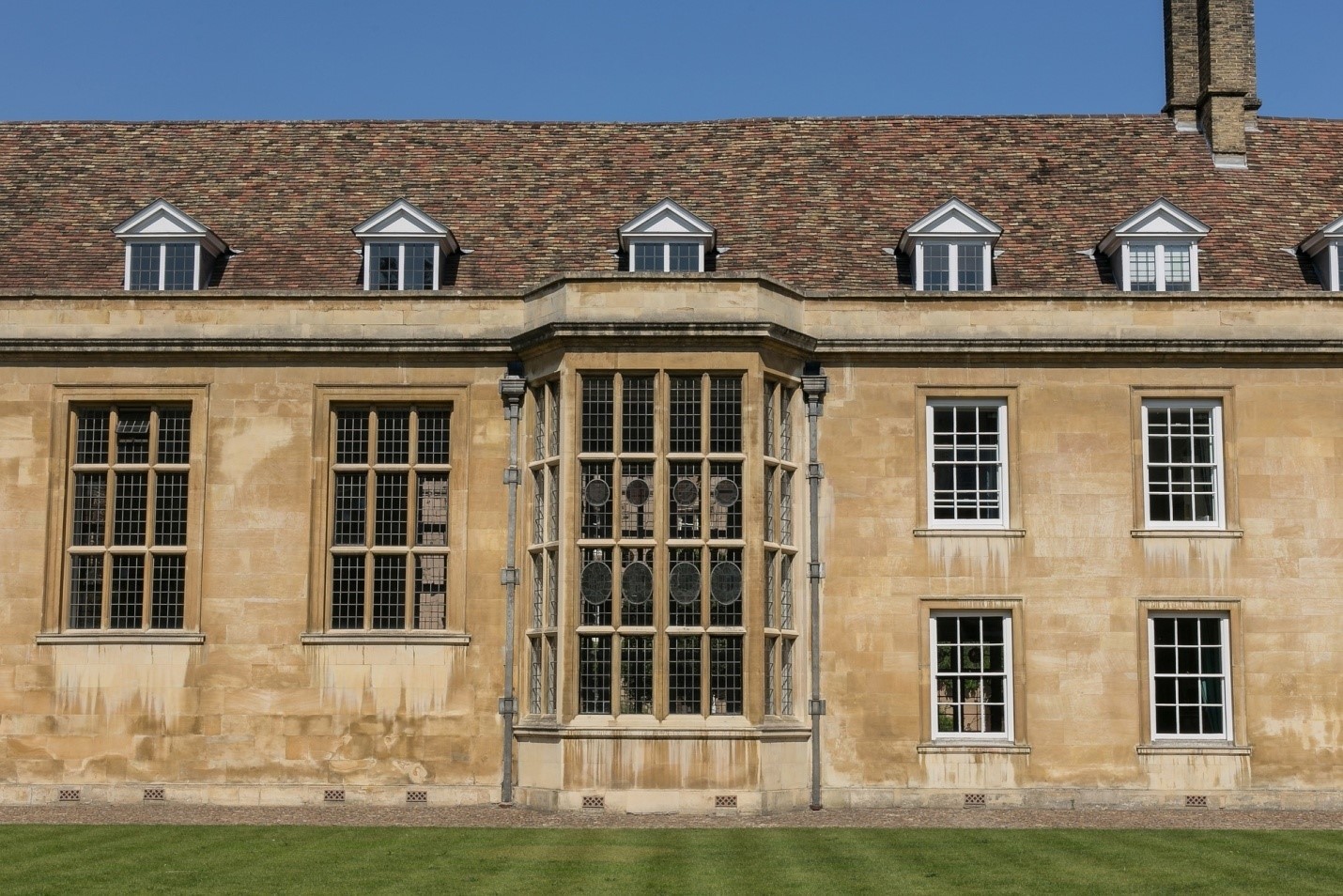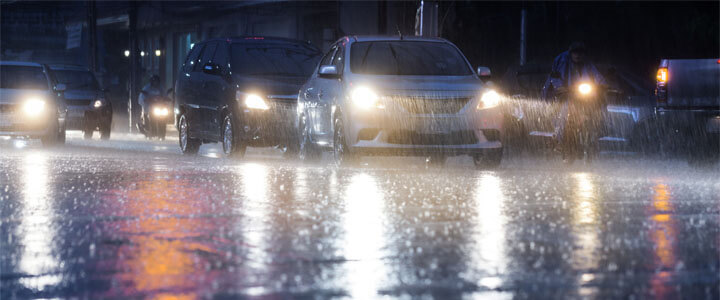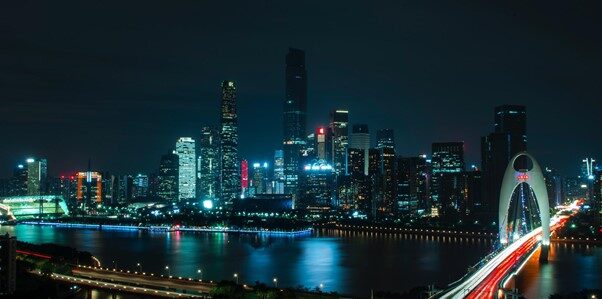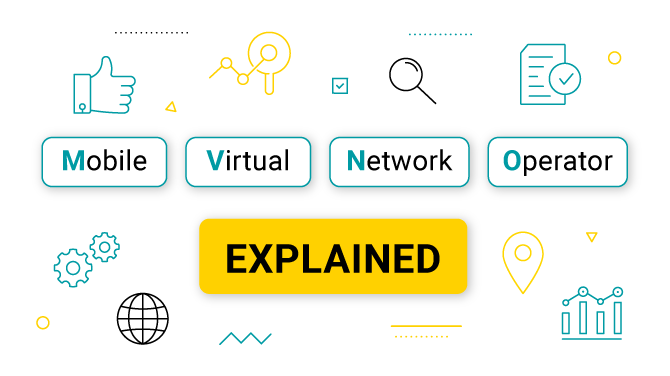How LED Technology Has Changed the World
Three hardworking Japanese scientists were awarded the Nobel Prize in Physics this year for their invention of blue light-emitting diodes (LEDs). This technology had a profound impact on society and allowed for technologies that Americans now take for granted.
- Frederick Dylla (executive director, CEO, American Institute of Physics, College Park, Maryland) said that blue LEDs were the catalyst for white-light LEDs. “These LEDs are probably in your Blu-ray player or on your computer’s LED display.
The world wouldn’t be able to backlight its smartphones, television, and computer LCD screens, Bluray players, Blu-ray players, LED video walls, and many other technological marvels.
Dylla stated that this was a great example where a Nobel prize is given for a practical application.
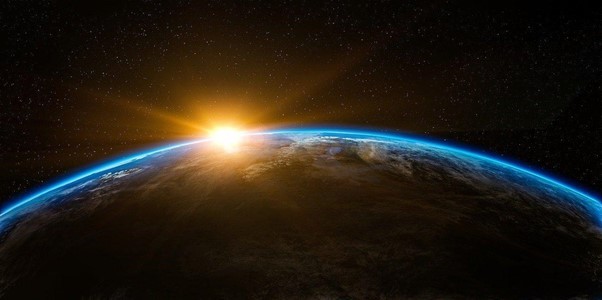
Lighting the World
Combining blue LEDs with red and green LEDs, which were previously discovered, makes it possible to create white light. Christian Wetzel, a Rensselaer Polytechnic Institution physicist in Troy, New York, stated that this type of lighting is much more efficient and lasts longer than traditional incandescent lights.
LED lighting brings energy-efficient light to every corner of the globe.
Another application in which LEDs are making inroads in car lighting. Wetzel stated that LEDs were once used for daytime running lights. However, many new cars now have LED headlights for nighttime usage.
The reach of LED lights extends beyond the developed world. Wetzel stated that around 1.2 billion people worldwide don’t have access to any type of electric lighting. He said that if you combine an LED and a rechargeable battery with a solar cell, “people suddenly have lighting off of the grid anywhere.” The LED is powered by sunlight, which charges the battery during daylight.
The LEDs can generate light and also have sensors that sense when someone is in the room. This is a requirement for smart homes.
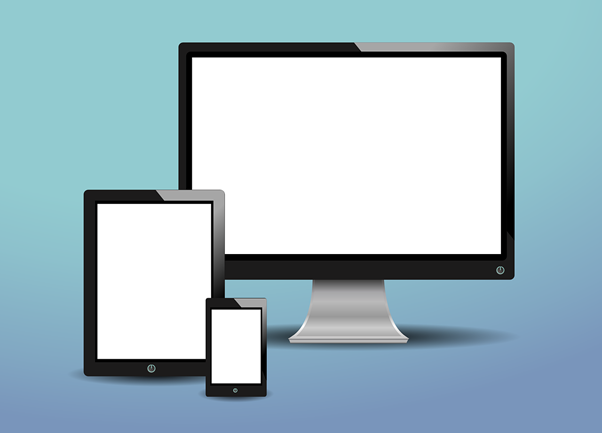
Digital displays
Backlighting is provided by LEDs in the electronics industry for liquid crystal displays (LCDs). This can be found in many smartphones, laptops, and televisions. The LEDs use less energy than fluorescent lights and can be used to create very thin displays.
“We all want an ever-larger TV screen,” Wetzel said. Large TVs need to be very energy-efficient in order to pay the electricity bill. He said that LED screen TVs met these requirements.
Blu-ray players are the next generation of DVD players. Blu-ray players use blue LED lasers for reading data from digital optical discs. Wetzel stated that these systems were able to store up to 10 times more data when they switched from an infrared laser like those used in DVD players.
The potential for LEDs to transmit data over open space from the Internet is being studied. Wetzel stated that such a system could transmit much more data than Wi-Fi alone. Because LEDs can be turned on and off millions upon millions of times per second, this high bandwidth is possible.
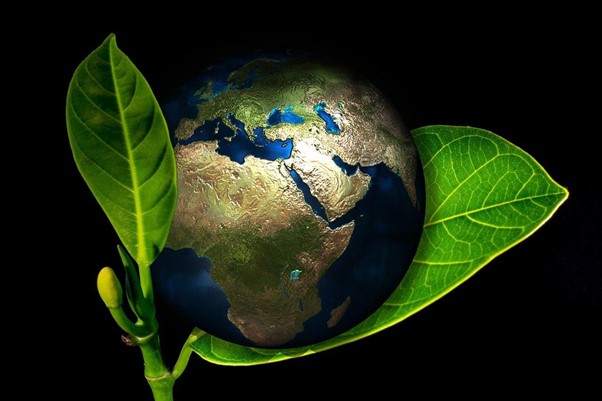
Clean and green
LEDs are used in many other ways. Water purification is one of the new uses for LEDs. Purification plants currently use mercury lamps to kill microbes in water. However, these lamps require a lot of electricity. Wetzel stated that LED light is able to purify water at the faucet and can turn on and off as required, resulting in significant cost savings. He said that LED water purification is only being used by a handful of companies right now. But, in the next few years, it will become commonplace.
Wetzel stated that the rise in LED lighting occurred at a time people were beginning to worry about global warming. He said that LEDs’ energy efficiency would make it possible to use them for lighting the world, which would have an “extreme impact” on society.
Yesterday, Oct. 7, saw the awarding of the 2014 Physics Prize to three Japanese scientists, Hiroshi Amonov, Shuji Nakamura, and Isamu Akasaki.



